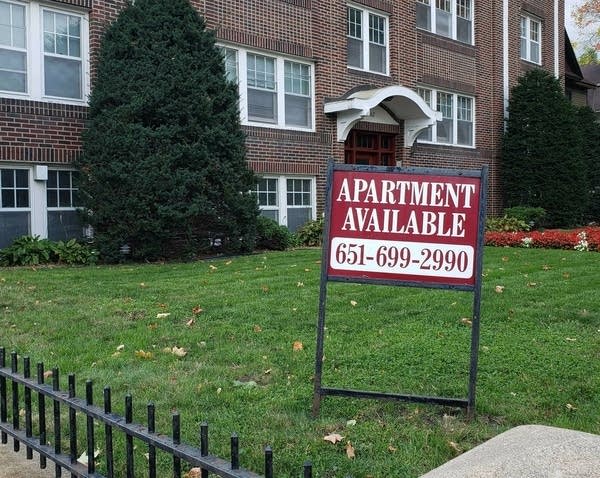Eased rules unleash ‘bulge’ in Minn. eviction cases

A sign advertising an apartment for rent on Marshall Avenue in St. Paul. Some of the protections against evictions that were put in place during the early days of the pandemic have expired.
MPR News file photo
Go Deeper.
Create an account or log in to save stories.
Like this?
Thanks for liking this story! We have added it to a list of your favorite stories.


